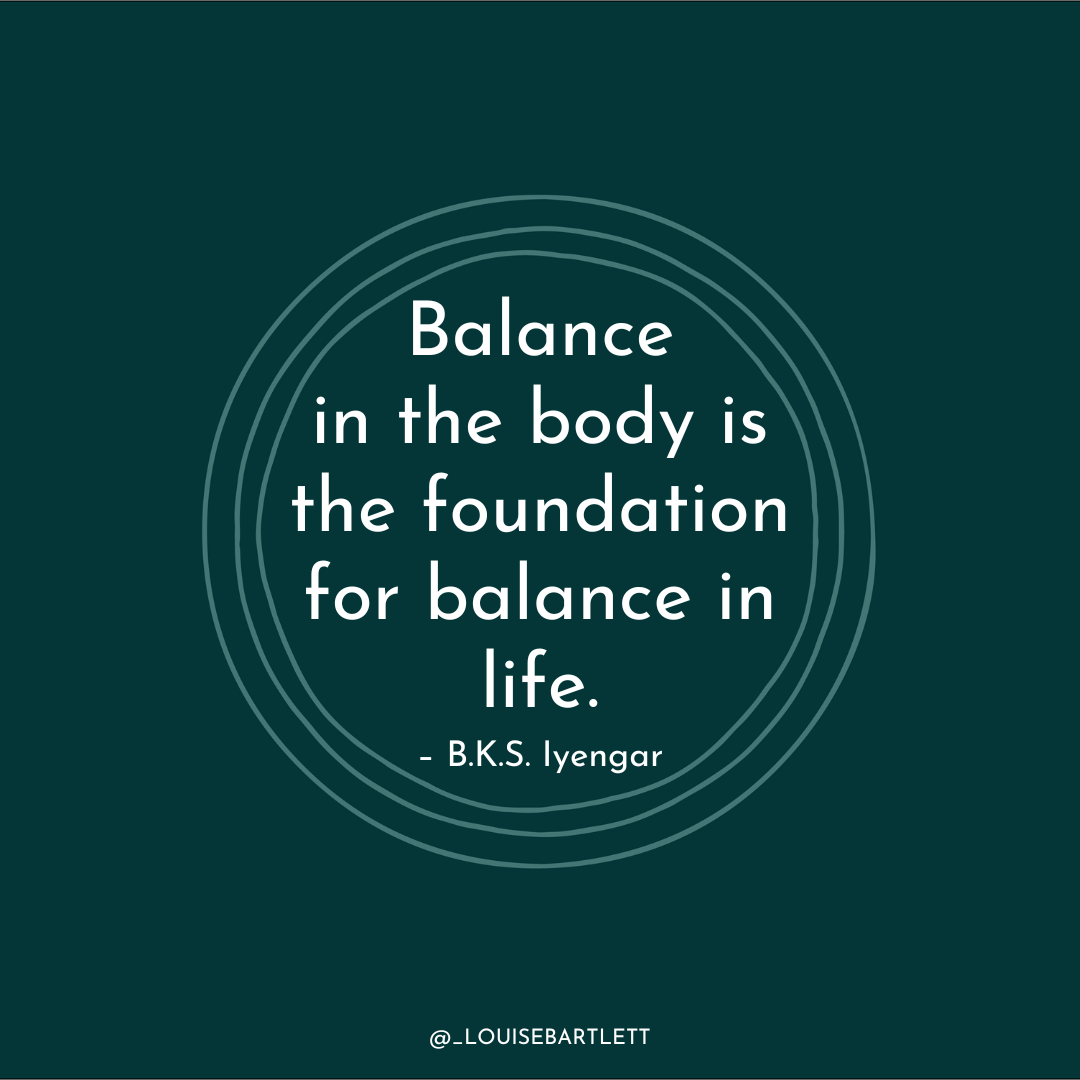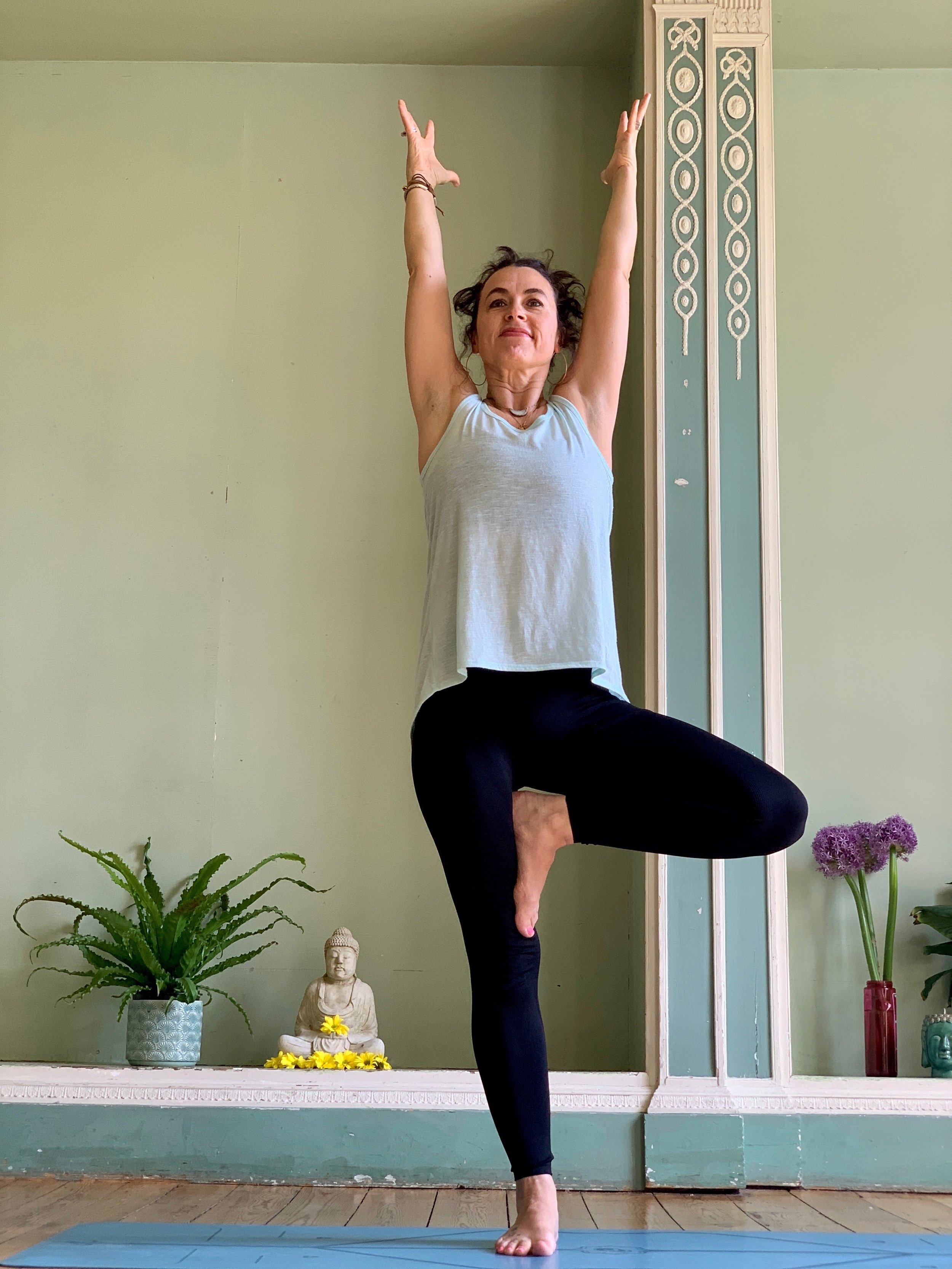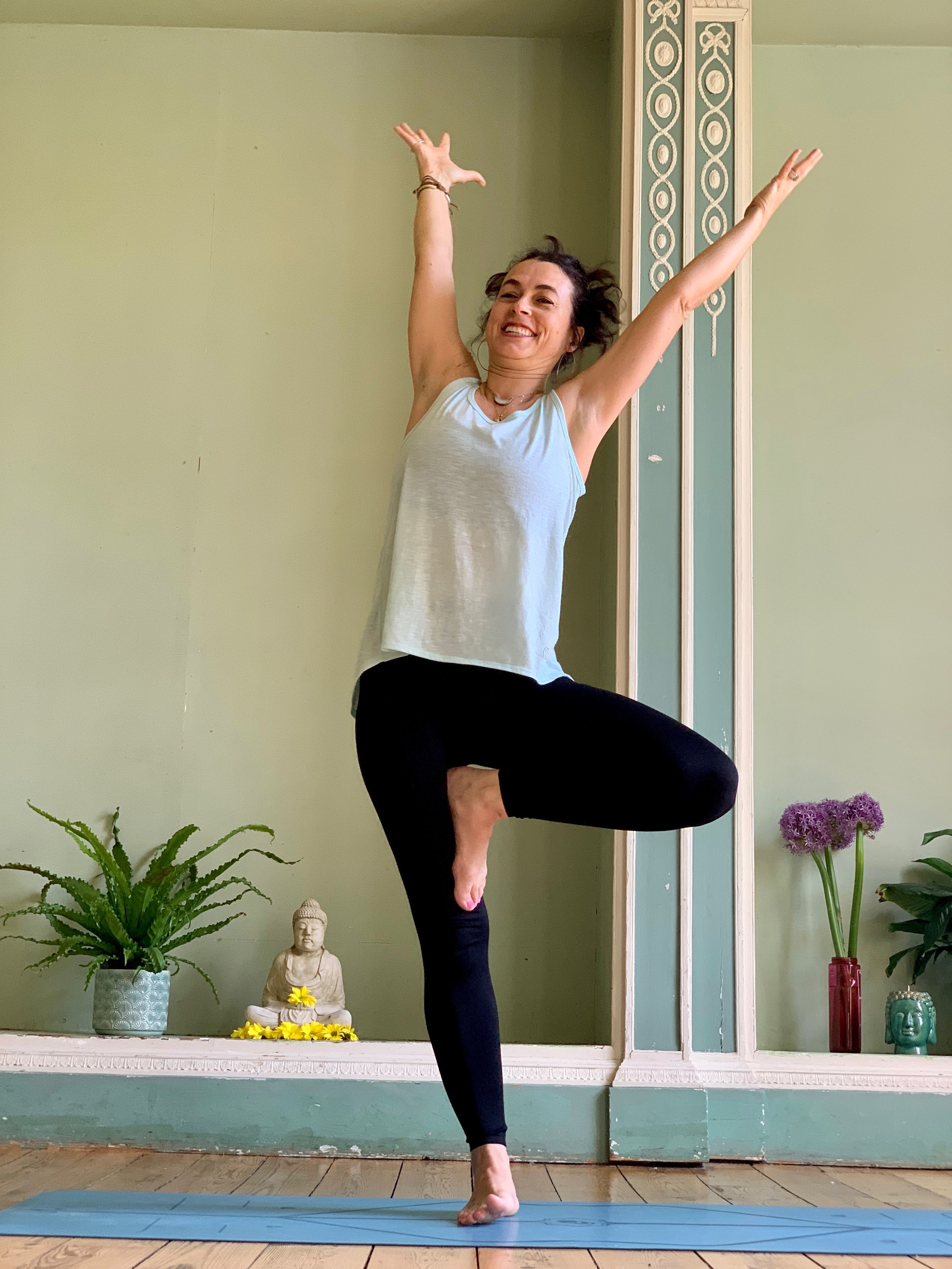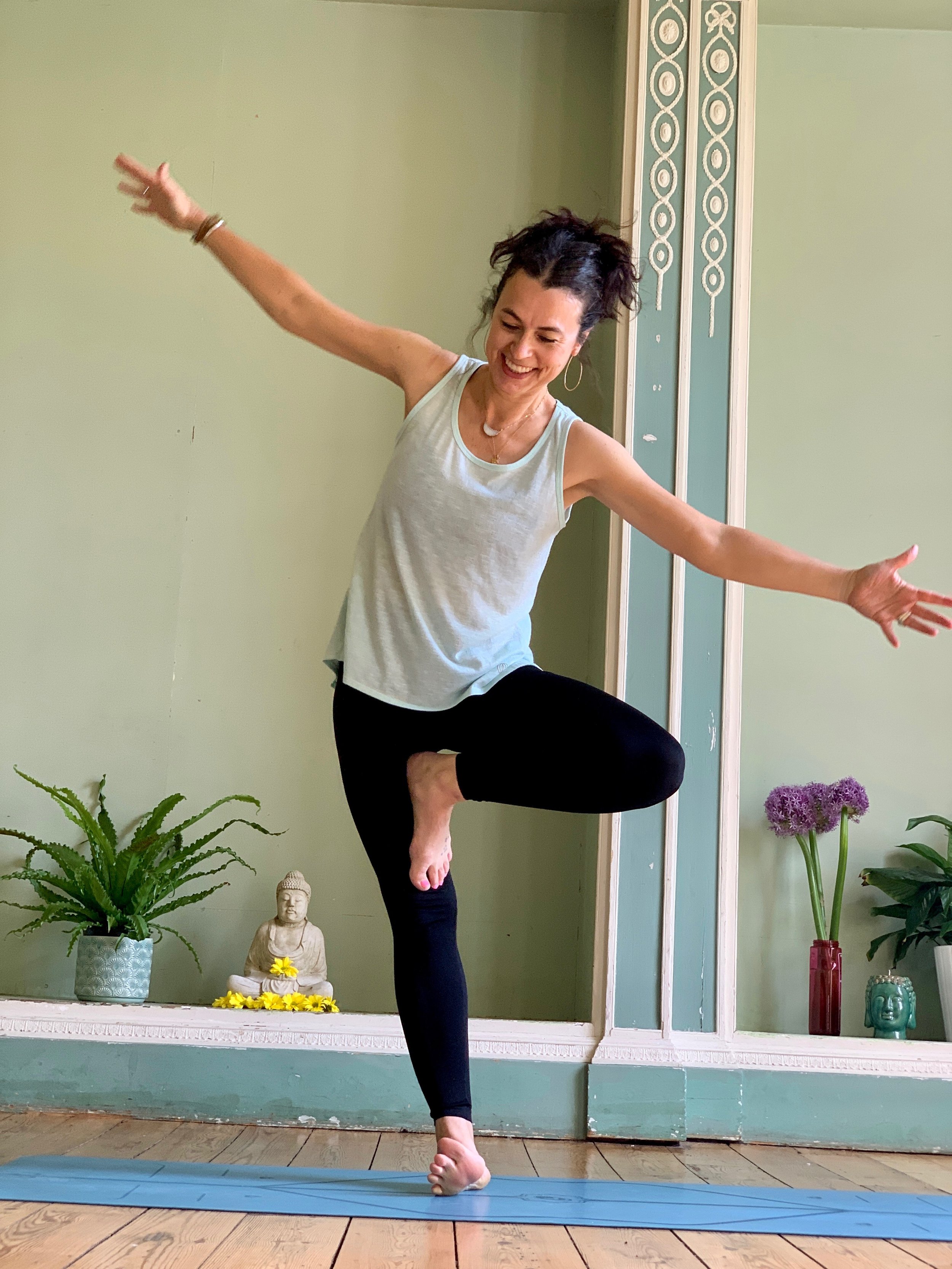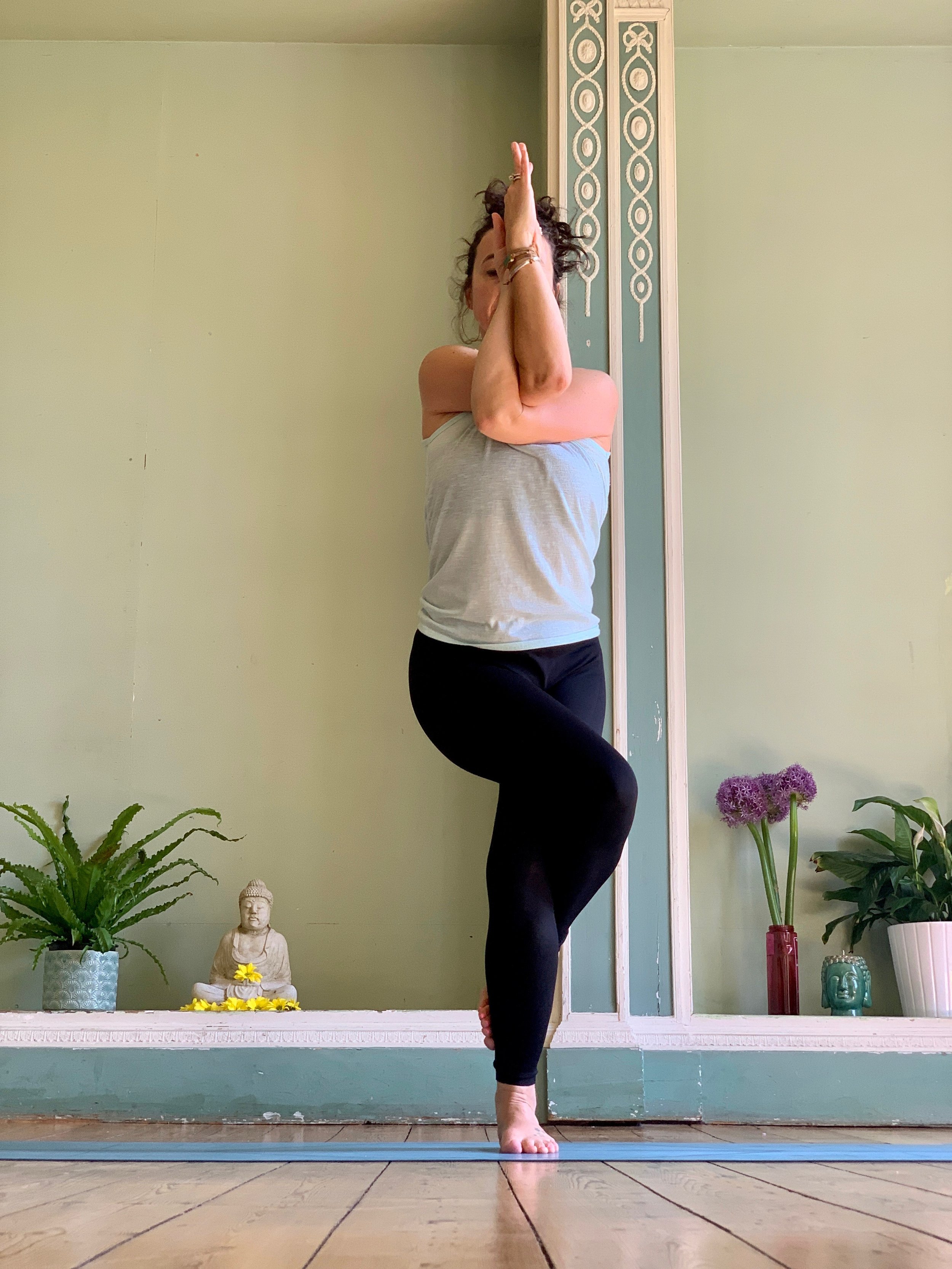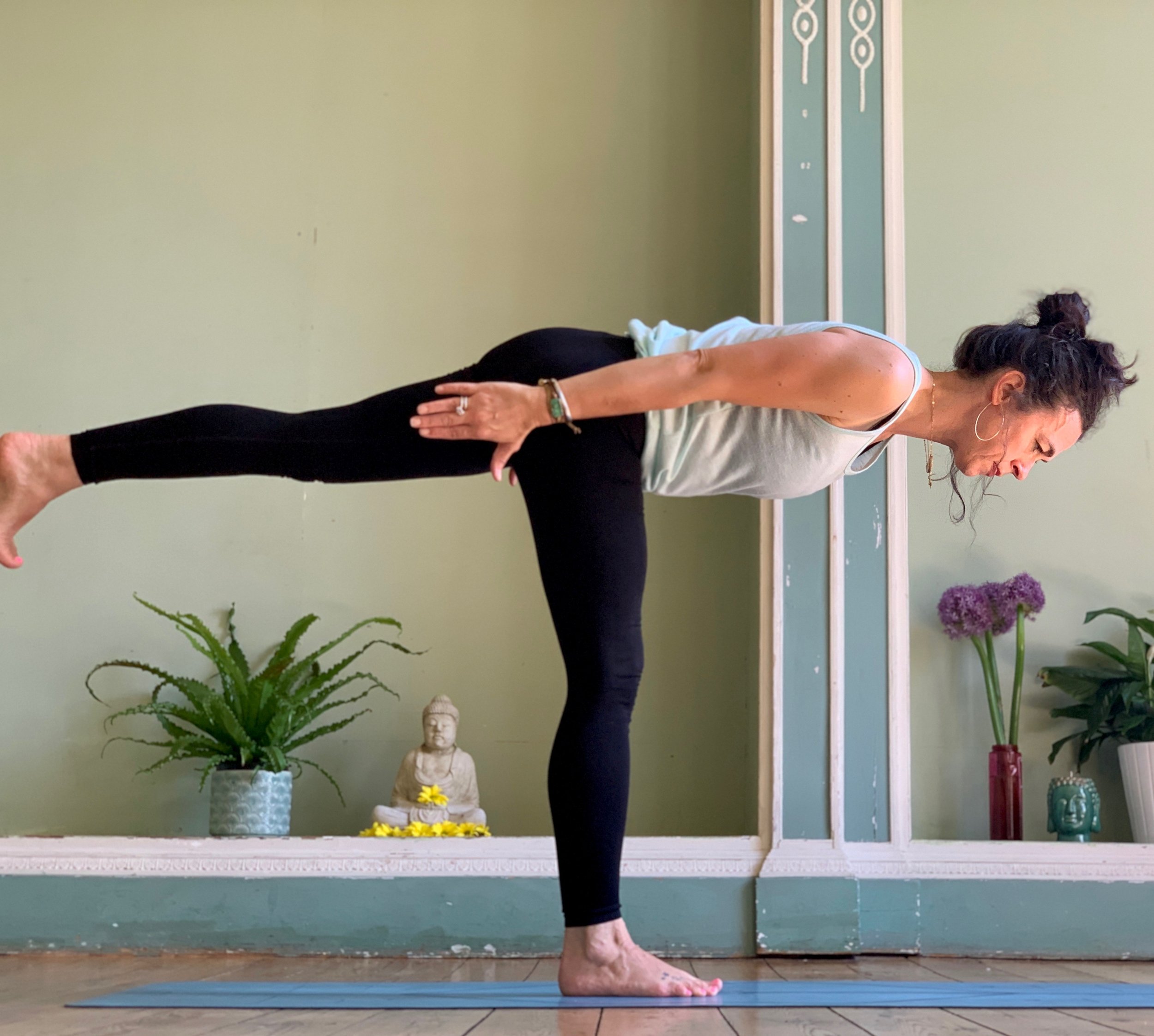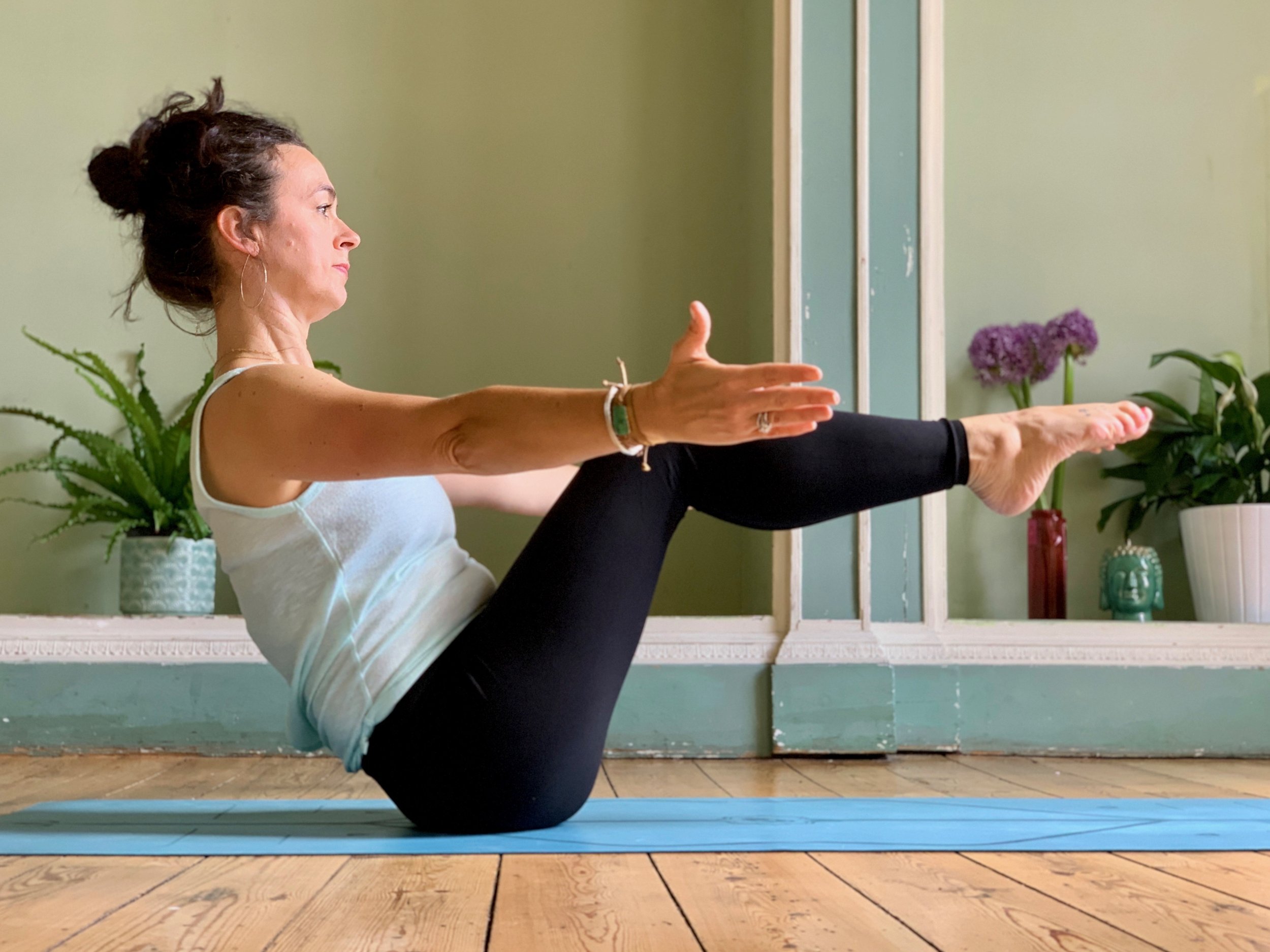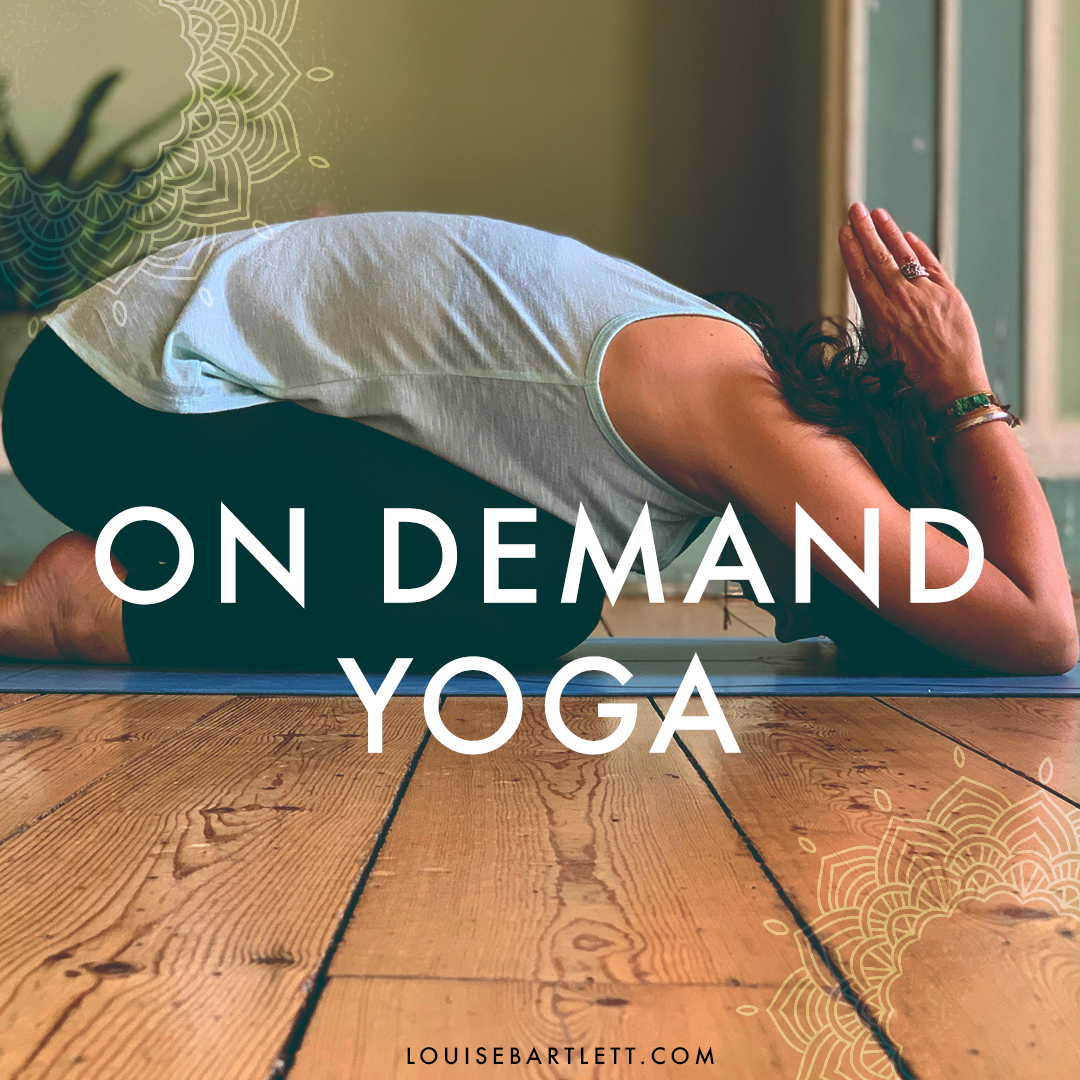8 Essential Yoga Poses for Balance: Enhance Stability and Harmony
Balance is not only a physical attribute but also an essential part of our overall wellbeing. It enhances stability and cultivates more harmony, both on the inside and the outside.
In yoga, balance poses help cultivate stability, focus, and a sense of grounding. B.K.S. Iyengar taught this often, stating ‘Balance in the body is the foundation for balance in life.’
Yoga is an ancient practice that encompasses physical, mental, and spiritual aspects of our wellbeing. In today's fast-paced world, finding balance becomes crucial for maintaining a healthy lifestyle. Yoga provides a holistic approach to achieving balance, not only on a physical level but also in terms of mental and emotional equilibrium.
The physical benefits of yoga are well-documented. Regular practice improves strength, flexibility, and stamina. It enhances overall body awareness and helps develop better posture and alignment. However, the benefits of yoga extend far beyond the physical realm. The mind-body connection in yoga is what truly sets it apart and makes it a powerful tool for achieving balance.
Yoga poses, or asanas, are designed to bring balance and harmony to the body and mind. By combining conscious movement with breath control, yoga cultivates a state of presence and inner calm. As we move through different poses, we develop focus, concentration, and the ability to find stability amidst challenges.
Now, let's explore eight essential yoga poses that specifically target balance and stability:
Tree Pose (Vrikshasana)
Eagle Pose (Garudasana)
Warrior III (Virabhadrasana III)
Half Moon Pose (Ardha Chandrasana)
Standing Forward Fold (Uttanasana)
Dancer's Pose (Natarajasana)
Boat Pose (Navasana)
Standing Hand-to-Big-Toe Pose (Utthita Hasta Padangusthasana)
Tree Pose (Vrikshasana)
This pose is good for balance because it requires concentration and steadiness, challenging us to find stability on one leg while grounding ourselves like a rooted tree.
Tree Pose improves focus, concentration, and core strength. It also stretches the thighs, calves, and ankles while improving overall balance. Modification: Beginners can use a wall or chair for support or place their foot against the ankle instead of the inner thigh. And don’t worry, if you fall out of this pose, or any pose for that matter, just get back to the pose and try again.
2. Eagle Pose (Garudasana)
Eagle Pose helps improve balance by requiring us to find equilibrium while wrapping one leg around the other and balancing on one foot, enhancing focus and stability. It also opens the shoulders and stretches the upper back. Modification: If wrapping the leg is challenging, beginners can cross the foot behind the calf or use a strap for assistance.
3. Warrior III (Virabhadrasana III)
Warrior III strengthens the core, legs, and ankles while promoting balance and stability by challenging us to extend one leg behind while balancing on the other. It also tones the abdominal muscles and improves posture. Modification: Beginners can use a wall or chair for support or keep the toes of the lifted leg on the ground.
4. Half Moon Pose (Ardha Chandrasana)
Half Moon Pose improves balance, strengthens the legs, and stretches the hamstrings and hips. This pose develops balance by encouraging us to find stability while extending one leg and arm out, engaging the core, and maintaining a steady and balanced foundation. It also opens the chest and improves overall coordination. Modification: Use a block under the bottom hand for support or keep the lifted leg bent instead of straight.
5. Standing Forward Fold (Uttanasana)
Standing Forward Fold increases balance by grounding and centering our energy while stretching the hamstrings, hips, and calves, promoting stability and relaxation. Standing Forward Fold also relieves tension, improves balance, calms the mind and promotes relaxation. Modification: Bend the knees slightly if there is tightness in the hamstrings or use blocks to bring the floor closer.
6. Dancer's Pose (Natarajasana)
Dancer's Pose enhances balance by requiring focus and concentration while gracefully balancing on one leg and extending the other leg behind, opening the chest and strengthening the core. Dancer's Pose also enhances focus, grace, and poise. Modification: Beginners can use a wall or chair for support or hold the ankle with one hand instead of reaching with both hands. If you’re unable to reach behind to grab your foot, then you can also use a strap around your foot to give you more access to the pose.
7. Boat Pose (Navasana):
Boat Pose challenges our balance by engaging the core and requiring us to balance on the sitting bones while lifting the legs and extending the arms, improving stability and abdominal strength. This pose also stimulates digestion and improves overall posture. Modification: Beginners can bend the knees (as shown) or place the hands behind the hips for additional support.
8. Standing Hand-to-Big-Toe Pose (Utthita Hasta Padangusthasana)
This pose cultivates balance by challenging us to stand on one leg while extending the other leg out and holding the big toe, improving stability and increasing flexibility in the hips and hamstrings. Standing Hand-to-Big-Toe Pose also improves focus and concentration. Modification: Use a strap around the lifted foot if reaching the big toe is challenging or bend the knee.
Conclusion
Incorporating these 8 essential yoga poses into your yoga practice will not only enhance your physical balance but also promote mental and emotional equilibrium. From improved stability and coordination to increased focus and inner harmony, these poses offer a well-rounded approach to enhancing your overall wellbeing. Remember, every pose can be modified to suit your individual needs and abilities. It's important to listen to your body and practice mindfully, allowing yourself to explore and grow in your journey towards finding balance on and off the mat.


